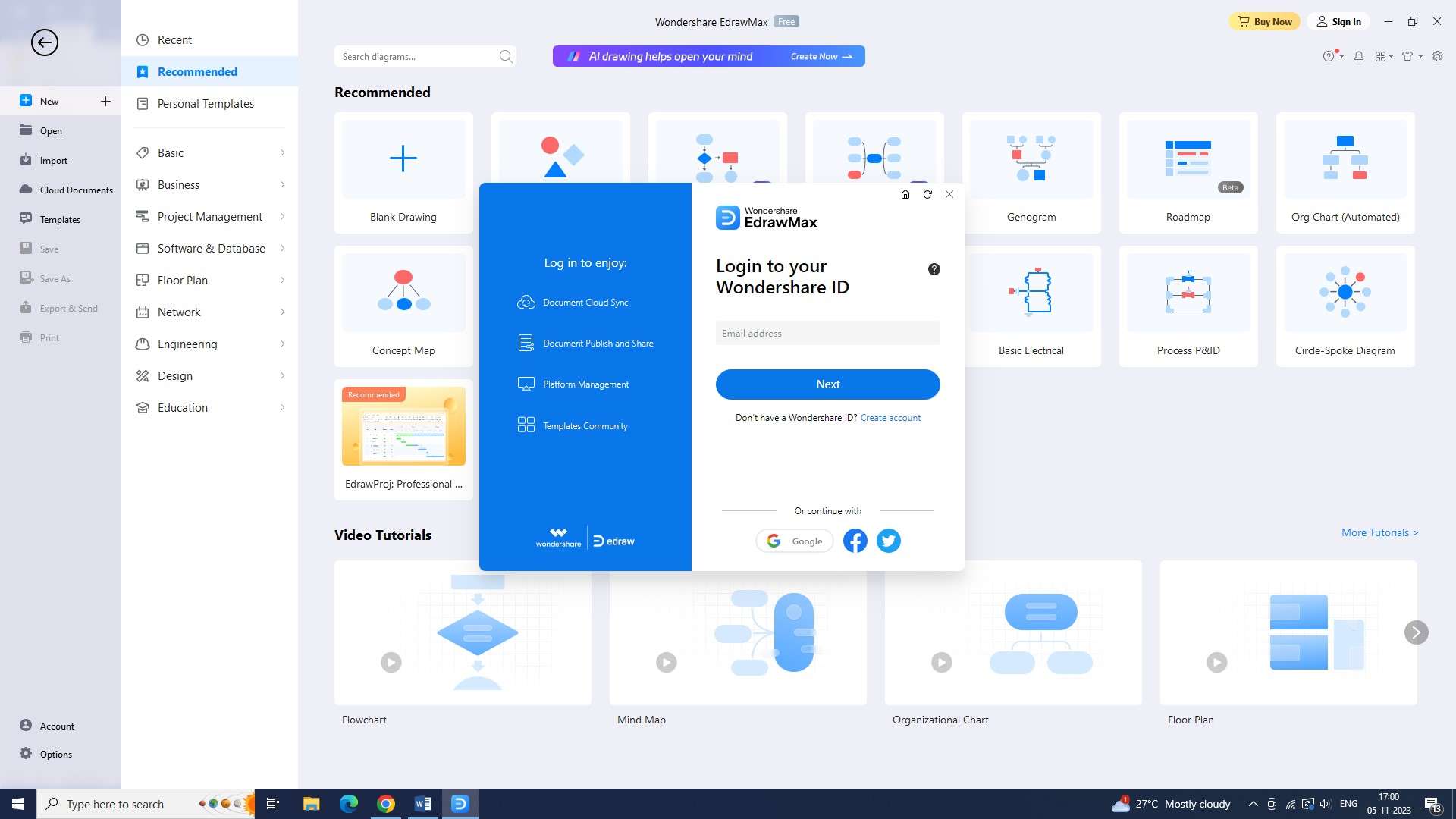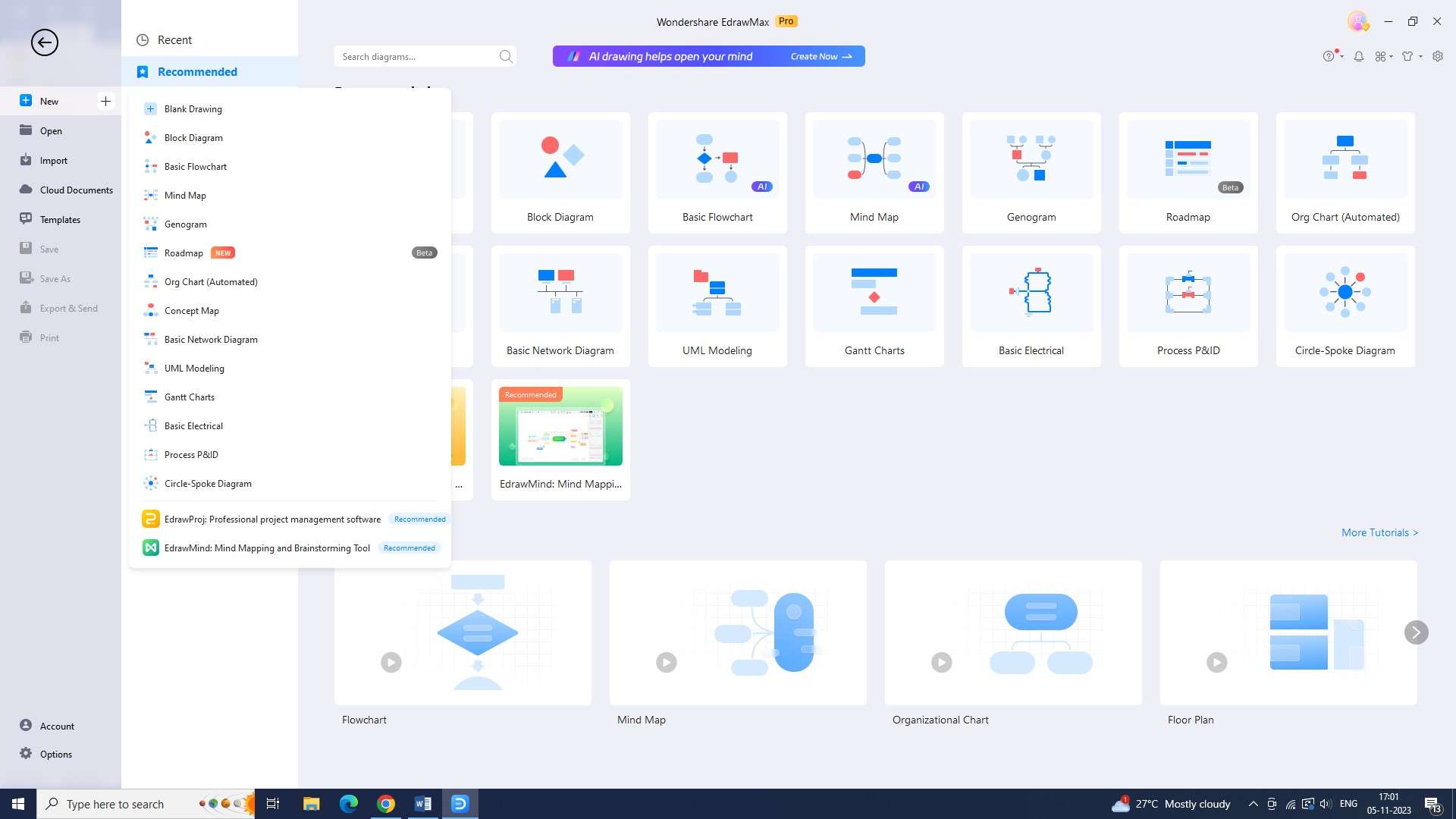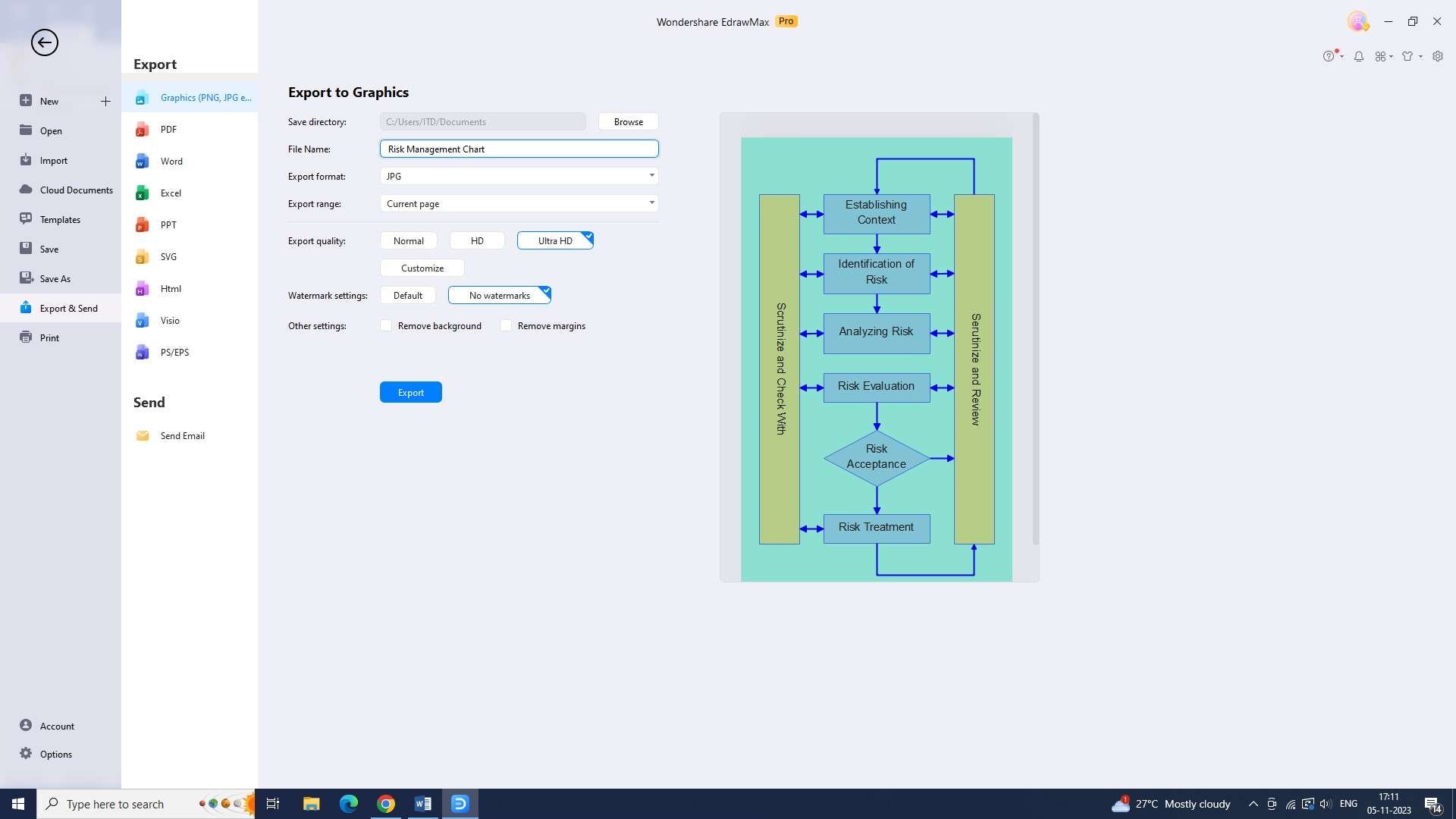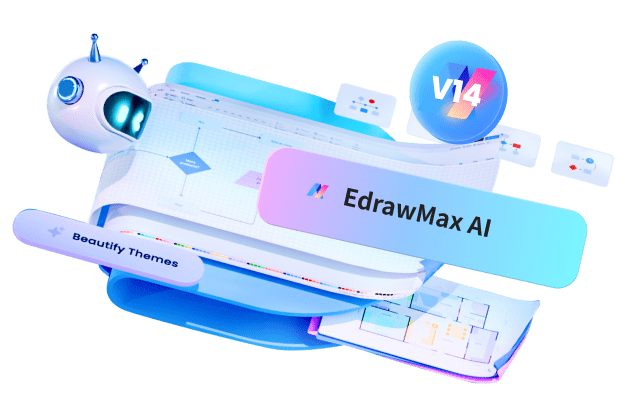The importance of efficient and effective risk management cannot be overstated. This article aims to provide a comprehensive analysis of risk management by addressing various subheadings such as its significance, traditional versus enterprise risk management, the risk management process, the two main types of risks, four types of risk management, applicable standards and frameworks, as well as the benefits and challenges associated with risk management.
Risk management plays a pivotal role in every organization's decision-making process, as it enables businesses to anticipate potential threats and develop proactive strategies to minimize or even prevent them. By identifying risks, organizations can avoid unexpected losses, protect their assets, maintain business continuity, comply with legal obligations, and even seize new opportunities. There are different types of risk management, and effectively managing risks allows companies to enhance stakeholder confidence, optimize resource allocation, and achieve long-term sustainability.

In this article
Part 1. Traditional Risk Management Vs. Enterprise Risk Management
The risk management process consists of several interrelated stages. Firstly, risk identification involves systematically identifying potential risks through comprehensive analysis and gathering information from various sources. Secondly, risk assessment evaluates the potential impact and likelihood of identified risks. This step helps determine the prioritization of risks for further management efforts. Following this, risk mitigation strategies are developed and implemented to reduce the likelihood and impact of risks. Finally, continuous monitoring and review ensure that risk management practices remain effective and responsive to changing circumstances.
Traditional risk management focuses primarily on identifying and managing risks related to a specific project or department. In contrast, enterprise risk management (ERM) adopts a holistic approach by considering risks that affect the entire organization. ERM integrates risk management practices into various aspects of a company's operations, facilitating better coordination and providing a comprehensive understanding of risks and their interdependencies.
Part 2. Types of Risk
Risks can be classified into two main types. Identifying and managing these risks are important for businesses.
- Systematic Risk:Systematic risk, also known as market risk, arises from macroeconomic factors beyond an organization's control and affects the overall market.
- Unsystematic Risk:Unsystematic risk is specific to an individual company or industry and can be mitigated through proper risk management practices.
There are commonly 4 types of risk management. Each of these categories has its own unique characteristics.
- Risk Avoidance:Risk avoidance involves eliminating activities or practices that pose significant risks and may include refraining from entering high-risk markets or discontinuing a particular product line.
- Risk Reduction:focuses on minimizing the likelihood and impact of risks through actions like implementing safety protocols, diversifying investments, or enhancing cybersecurity measures.
- Risk Transfer:Risk transfer involves shifting risk to another party, usually through insurance or contractual agreements.
- Risk Retention:Risk retention refers to accepting certain risks and establishing contingency plans to manage them.
Part 3. Benefits and Challenges of Risk Management
To ensure consistency and best practices in risk management, various standards and frameworks have been developed. Notable examples include the COSO ERM framework, ISO 31000, and the PMI Risk Management Standard. These frameworks establish guidelines and principles that organizations can follow to establish sound risk management processes and enhance their overall risk culture.
The benefits of risk management are manifold. Organizations can reduce financial losses, protect their reputation, improve decision-making, and enhance stakeholder trust. By addressing risks proactively, businesses can seize new opportunities and gain a competitive advantage. However, challenges in risk management include identifying and prioritizing risks accurately, managing uncertainties, integrating risk management throughout an organization, and ensuring effective communication and collaboration among stakeholders.
Part 4. Making a Risk Management Chart with EdrawMax
Wondershare EdrawMax provides an easy-to-use interface for designing various types of risk management charts in minutes. The tool also offers a variety of charts, diagrams, and templates to customize your risk management chart for any specific project. These are the steps to create a risk management chart using the tool:
Step 1: You must first sign in to your account in order to use Edrawmax. You may proceed with creating the chart when you have signed in.

Step 2: You must open a new document in order to construct a risk management chart. To accomplish this, click the plus sign (+) next to the "New" button.

Step 3: Edrawmax offers a variety of templates to select from. From the list of templates, pick a template for a risk management chart.

Step 4: The template will provide you with a basic framework that you may modify to suit your requirements. Any other visual aspect, including the layout and colors, may be modified.

Step 5: You may begin inputting data into your chart if you are satisfied with its design. The chart allows you to input whatever information you like.

Step 6: You may save the chart after entering the data. To accomplish this, choose "Save As" after choosing "File."

Step 7: The chart can now be exported for sharing and usage in other applications. The chart is exportable in a number of formats.

Final Thought
There are different types of risk management, and risk management plays a fundamental role in organizations across industries, enabling them to navigate uncertainties, protect their interests, and foster sustainable growth. By understanding the significance of risk management, available strategies, and the associated benefits and challenges, businesses can develop robust risk management frameworks.




